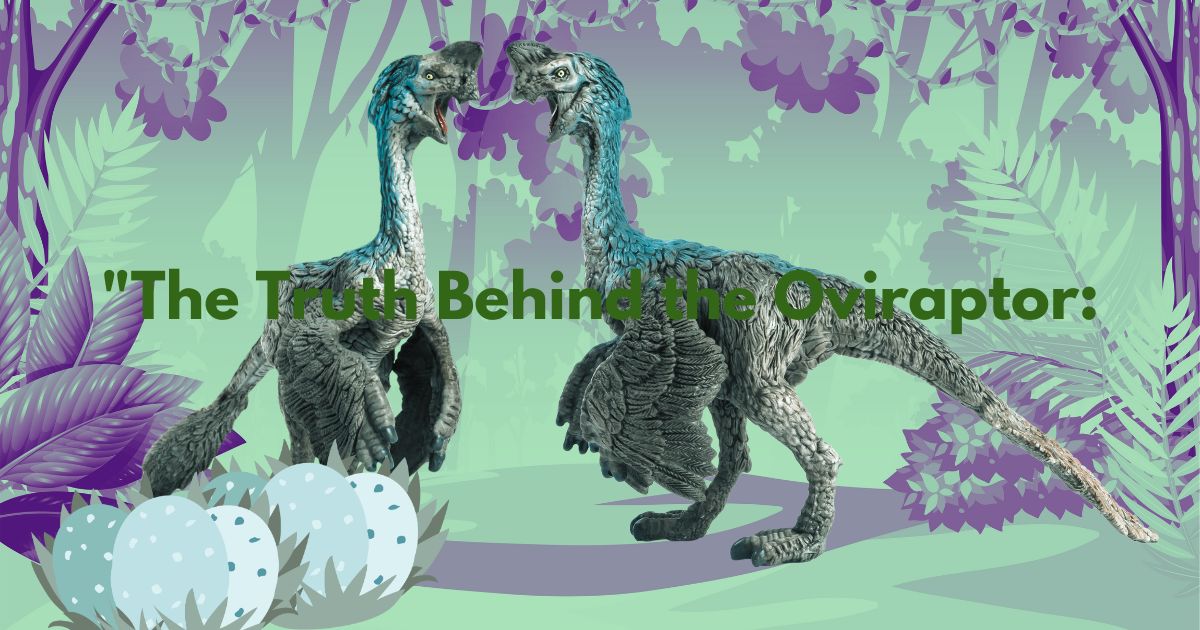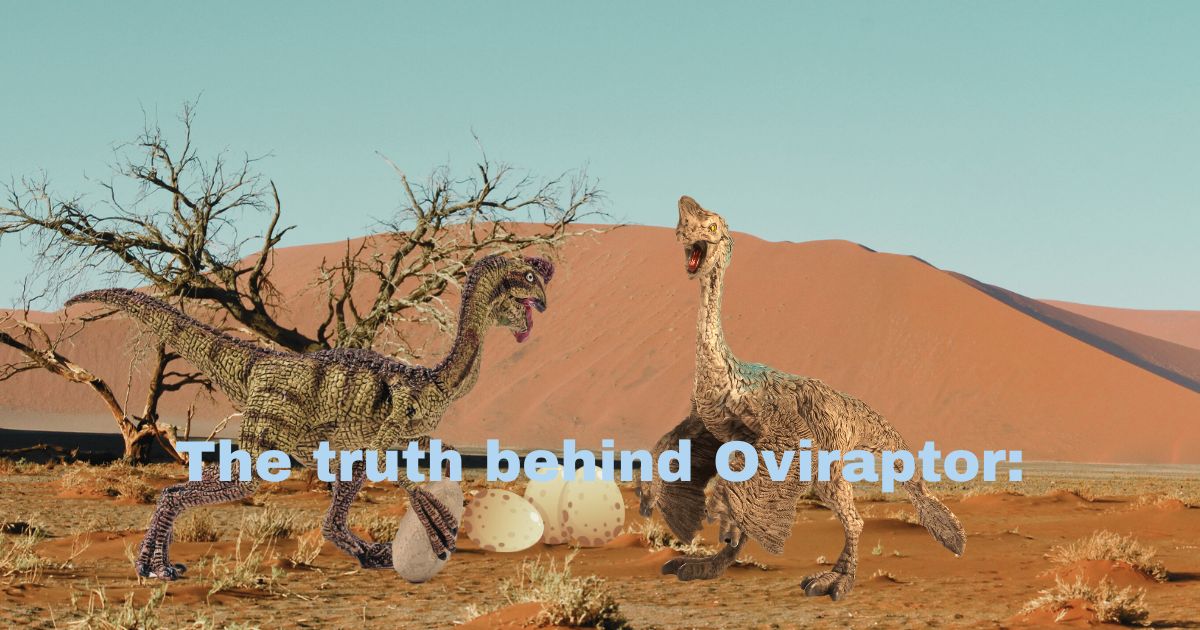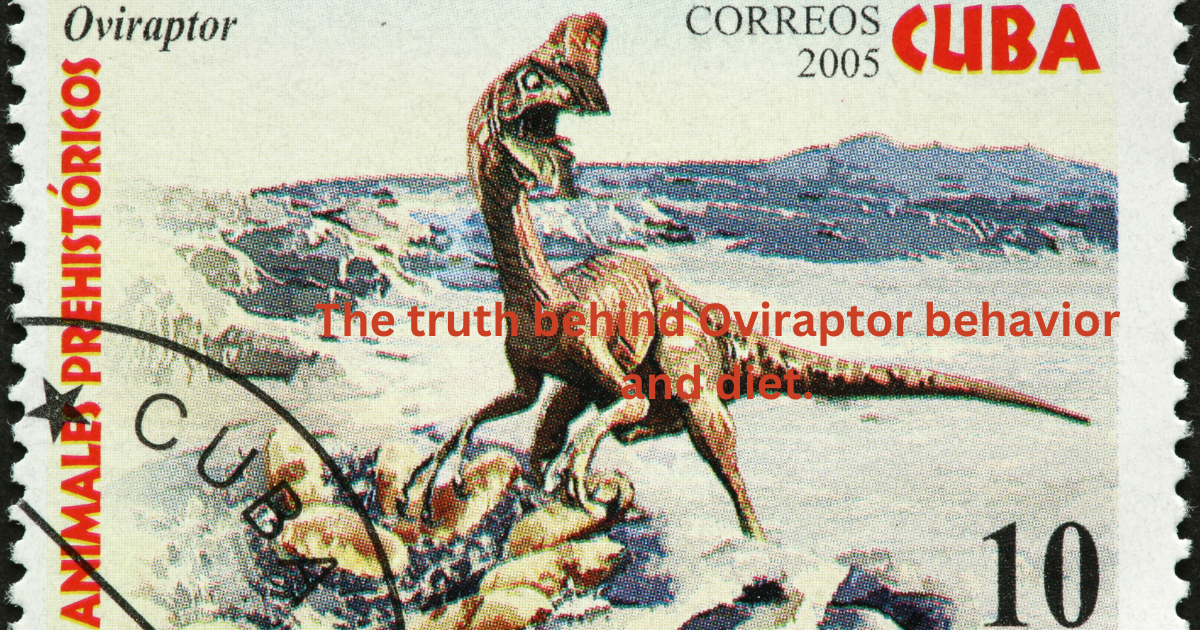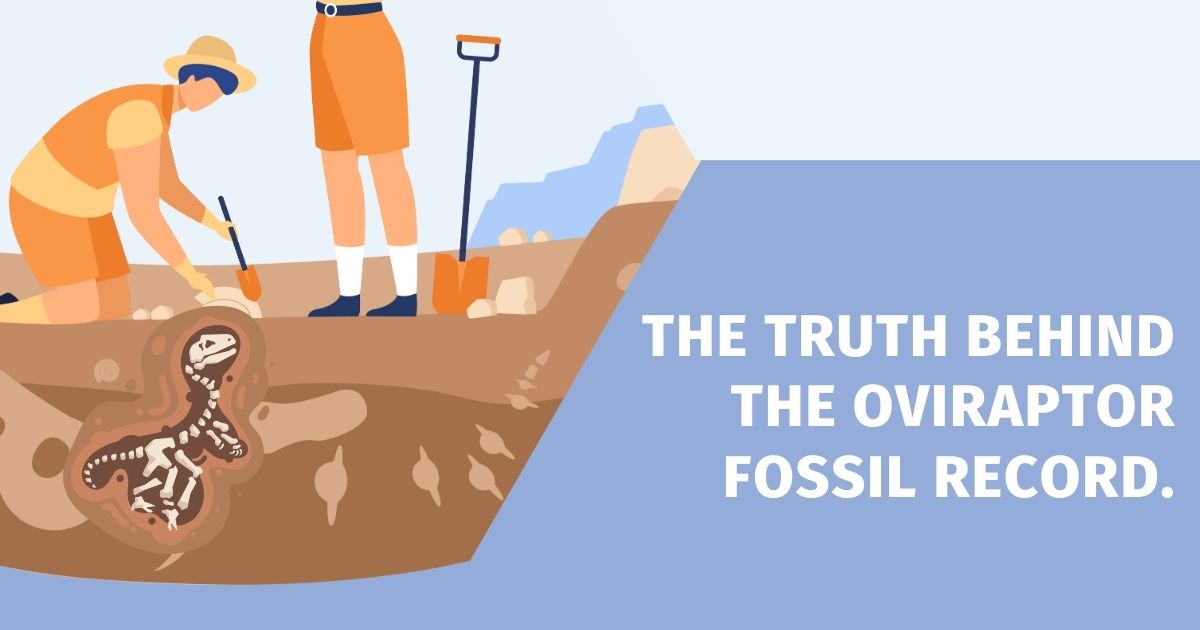“Discover the Truth Behind the Oviraptor: Uncover Hidden Secrets”

Discover the Truth Behind the Oviraptor:” The Oviraptor, a sort of theropod dinosaurs, wandered the Soil amid the Late Cretaceous period, around 75 to 71 million a long time prior. It was to begin with found in the Djadokhta arrangement of Mongolia in the early 1920s. The title “Oviraptor” implies “egg cheat,” a title that reflects the beginning conviction that this dinosaur was taking eggs from other dinosaurs’ nests.
The Oviraptor is a interesting dinosaur that has captivated paleontologists and dinosaur devotees alike. Known for its one of a kind highlights and charming history, the Oviraptor has been the subject of much wrangle about and investigate. In this article, we will investigate the truth behind the Oviraptor, disclosing covered up insider facts and shedding light on this surprising creature.
Discover the Truth Behind the Oviraptor: A Verifiable Overview

Discover the Truth Behind the Oviraptor: A Verifiable Overview
To really find the truth behind the Oviraptor, it’s fundamental to get it its history and how our recognition of this dinosaur has advanced. At first, the Oviraptor was thought to be a infamous egg cheat due to its fossilized remains being found close dinosaur homes. Be that as it may, encourage investigate has uncovered a diverse story.
Who discovered the Oviraptor?
Early Disclosures and Misconceptions
When the to begin with Oviraptor fossils were revealed, paleontologists accepted that this dinosaur was preying on the eggs of other species. The situating of its remains recommended that it was caught in the act of attacking a settle. This driven to its title, which implies “egg thief.”
Reevaluation of the Evidence
In later a long time, unused disclosures have changed our understanding of the Oviraptor. Fossil prove presently recommends that the Oviraptor might have been a caring parent or maybe than an egg cheat. The finding of homes with Oviraptor eggs, and indeed the revelation of Oviraptor embryos inside these homes, bolsters the hypothesis that this dinosaur was really ensuring its possess eggs.
Discover the Truth Behind the Oviraptor’s Physical Characteristics
To find the truth behind the Oviraptor, it’s pivotal to look at its physical characteristics. This dinosaur was a little, feathered theropod with a few particular features.
Anatomy and Size
The Oviraptor was generally little compared to other theropods. It measured around 1.8 meters (6 feet) in length and stood generally 0.9 meters (3 feet) tall at the hip. Its body was secured in quills, which is a noteworthy revelation as it highlights the developmental interface between dinosaurs and present day birds.
Unique Features
One of the most unmistakable highlights of the Oviraptor was its nose. Not at all like numerous other theropods, the Oviraptor had a beak-like structure instep of sharp teeth. This snout was likely utilized for bolstering on a slim down of plants, little creatures, and conceivably eggs, in spite of the fact that not essentially those of other dinosaurs.
Discover the Truth Behind the Oviraptor’s Behavior and Diet

Discover the Truth Behind the Oviraptor’s Behavior and Diet
Understanding the behavior and count calories of the Oviraptor is vital to find the truth behind the Oviraptor. Its eat less and behavioral designs give bits of knowledge into its way of life and biological role.
Diet and Nourishing Habits
The Oviraptor’s nose proposes a slim down that was different and versatile. It likely bolstered on a assortment of nourishments, counting plants, little vertebrates, and creepy crawlies. The disclosure of Oviraptor fossils close homes of other dinosaurs driven to hypothesis that it may have been an deft feeder, but prove supporting it as a settle marauder is presently considered less credible.
Reproductive Behavior
Recent disclosures have uncovered that the Oviraptor might have had complex regenerative behaviors. Fossilized homes containing Oviraptor eggs recommend that these dinosaurs might have shown parental care. This finding is noteworthy since it challenges the prior idea of the Oviraptor as a simple cheat and highlights its potential part as a sustaining parent.
Nourishing Behavior
- Omnivorous Eat less: Oviraptors were likely omnivorous, meaning they ate both plants and creatures. Fossil prove recommends that their eat less included eggs, little vertebrates, and conceivably plant material.
- Egg Attacking: The title “Oviraptor,” which implies “egg cheat,” was given since early fossils were found close homes of eggs thought to have a place to other dinosaurs. Be that as it may, encourage inquire about recommends that Oviraptors might have been brooding their claim eggs or maybe than striking others’ nests.
Social Behavior
- Parental Care: A few prove shows that Oviraptors may have displayed parental care. Fossils recommend that these dinosaurs may have hatched their eggs and conceivably secured their young.
- Group Living: Whereas coordinate prove of gather living is rare, a few paleontologists guess that Oviraptors may have lived in little bunches or sets, particularly given their parental behaviors.
Nesting Behavior
- Nest Building: Oviraptors are known to have laid their eggs in homes, with a few prove appearing that they may have built homes or utilized normal arrangements to ensure their eggs.
- Egg Hatching: The structure of their homes and the situating of their eggs recommend that Oviraptors might have brooded their eggs by sitting on them, comparable to present day birds.
Defensive Behavior
- Beak Adjustments: The bill of the Oviraptor was well-suited for nourishing on a changed eat less and might have been utilized in defense against predators or rivals.
- Possible Protective Stances: In spite of the fact that not much is known almost their particular protective behaviors, it is likely that Oviraptors utilized their bills and conceivably their appendages to ensure themselves and their nests.
Communication
- Vocalization: Whereas there is no coordinate prove of vocalization, it’s conceivable that Oviraptors utilized sounds to communicate with each other, particularly in settling or social settings, comparable to present day fowls and reptiles.
- Understanding Oviraptor behavior makes a difference paleontologists piece together the lives of these old animals and their situations.
Discover the Truth Behind the Oviraptor’s Fossil Records

Discover the Truth Behind the Oviraptor’s Fossil Records
The fossil records play a imperative part in finding the truth behind the Oviraptor. These records give prove approximately the dinosaur’s physical characteristics, behavior, and developmental significance.
Key Fossil Discoveries
Several vital fossil disclosures have formed our understanding of the Oviraptor. The to begin with fossils were found in Mongolia’s Djadokhta arrangement, and ensuing finds have extended our information of this dinosaur’s extend and characteristics. Eminently, the disclosure of fossilized embryos and homes has given profitable experiences into its regenerative behavior.
The Affect of Fossil Evidence
Fossil prove has played a vital part in reevaluating the Oviraptor’s picture. Beginning elucidations based on fragmented prove have been changed as unused disclosures risen. This continuous inquire about highlights the significance of fossil records in understanding ancient life.
Conclusion
To find the truth behind the Oviraptor, one must dig into its history, physical characteristics, behavior, and fossil records. This dinosaur, once thought to be a unimportant egg cheat, is presently recognized for its special highlights and conceivable part as a caring parent. Through progressing inquire about and fossil disclosures, we proceed to disclose the covered up insider facts of the Oviraptor, enhancing our understanding of ancient life and its complexities.
In rundown, the Oviraptor is much more than its title recommends. It speaks to a key piece in the perplex of dinosaur advancement and behavior, advertising important bits of knowledge into the lives of these antiquated animals. As inquire about advances, unused disclosures will without a doubt proceed to shed light on this intriguing dinosaur, permitting us to advance find the truth behind the Oviraptor and its put in the history of life on Soil.
Also Read: Facts About Oviraptor, the Egg Thief Dinosaur
FAQs About Discover the Truth Behind the Oviraptor:
1. What was the Oviraptor’s essential diet?
The Oviraptor fundamentally encouraged on plants, little creatures, and creepy crawlies. Its snout recommends a changed slim down, in spite of the fact that it was not fundamentally an egg thief.
2. How did the Oviraptor get its name?
The title “Oviraptor” implies “egg cheat,” a reference to early convictions that it was attacking other dinosaurs’ nests.
3. What prove recommends that the Oviraptor cared for its eggs?
Fossilized homes with Oviraptor eggs and embryos propose that this dinosaur may have displayed parental care, challenging prior ideas of it being a settle raider.
4. How huge was the Oviraptor?
The Oviraptor was almost 1.8 meters (6 feet) in length and 0.9 meters (3 feet) tall at the hip.
5. What are a few key highlights of the Oviraptor?
The Oviraptor had a beak-like structure, feathered body, and little measure compared to other theropods. Its snout recommends a shifted count calories and potential parental care.